

7/8ths Scale Sandy River & Rangeley Lakes Kits
This is a venture away for my normal D&RGW 1:20.3 kits. But,
variety keeps the mind active. These will not be a "always available" type of
kit but a limited run for a period of time. The number of kits I produce will
depend on demand. As with all my kits, these may not be 100% prototypical but
will capture the essence of the railroad and like all my kits, be an affordable
and enjoyable kit to build.
When Accucraft announced plans to build a 7/8ths scale Forney
in the Sandy River road, I knew one of those loco's might find it's way into my
stable of live steamers. The NG convention was going to be held in Augusta, Maine
that year so Georgia and I made reservation and secured airfare. We visited
Phillips, Maine and the Sandy River RR as well as Alna, Maine to visit and ride the
WW&F railway. Plus a trip to Portland for a lobster dinner and a visit to the
Maine Narrow Gauge RR Museum. Lots of pictures and measurements plus purchasing
several books at the convention.
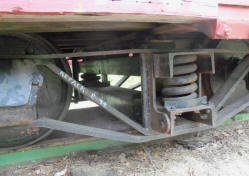
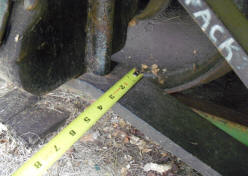
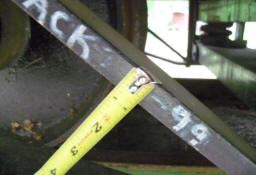
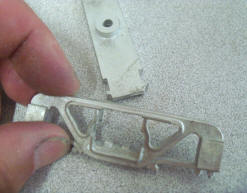
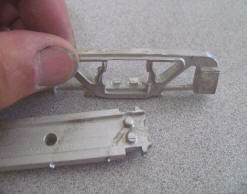
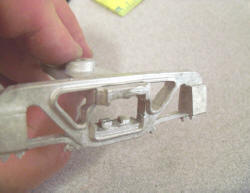
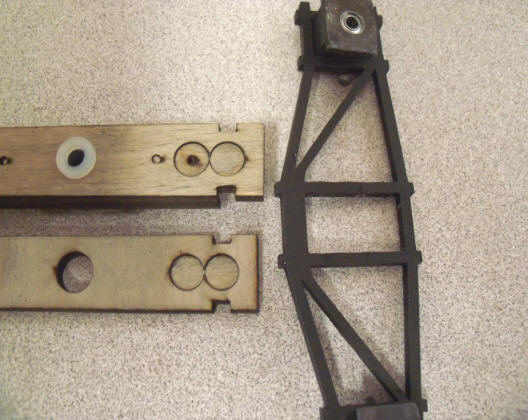
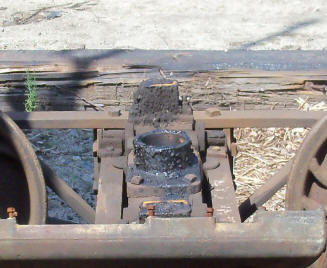
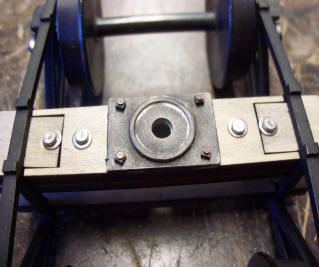
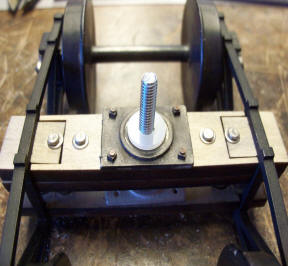
So, with all that said, the first challenge for these kits was going to be the trucks. If a reliable, reasonably price truck isn't available commercially, I would have to produce them. I studied pictures I took of the various styles and looked at 3-1/2" scale trucks a customer had made with laser cut steel sideframes and came up with a new design following dimensions measured of actual 2' narrow gauge trucks that I feel will look and work well for the line of kits. I drew up the sideframes in 2D CAD first and then moved to dimensions over to the 3D CAD software, added prototype bolts and nuts that hold the bar stock together and had them printed at Shapeways. Once in hand purchased 4 axles of a 20" wheels in 7/8ths scale and worked out the dimensions for the bolster and spring plank. This is what I came up with.
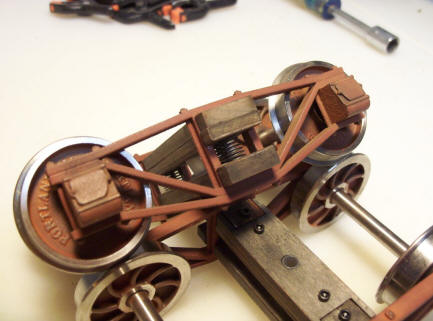
Satisfied with the look, and dimensions and knowing that 2D laser cut steel would sacrifice any detail of the 6 bolts that hold the sideframe bars together, I sought out places to get parts made. The sideframes had to be steel for strength as plastic, white metal or even die-cast just wouldn't cut it. I did decide on using die-cast journal boxes that I could precision ream for ball bearings over white metal for strength. I found a laser cutter locally for the sideframes and Accucraft produced the wheels and journal boxes for me. Here's a few "test" cuts for size and fit.
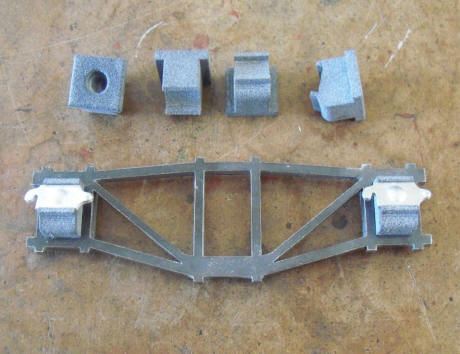
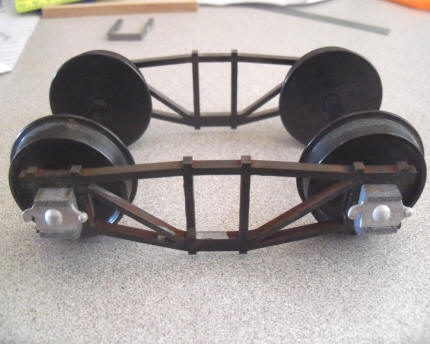
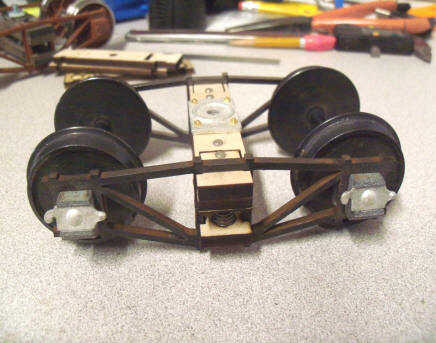
I had a friend, that works at a water jet cutting business, cut a couple test cuts in stainless steel. Didn't much like the tapered edge although I think it was the setup that caused it. Also, the price was 4 times that of lasering. The upper 4 pictures are the waterjet cut stainless. The journal boxes are 3D printed plastic as a prototype. A 3D drawing would need to go to the factory to produce the diecast tooling. Also in the first 3 pictures are the brass masters for the journal box lids. The 4th and bottom 2 pictures are the spun white metal lids. The 2 pictures below are the laser cut steel frames, diecast journals, bolsters, spring planks, springs and misc hardware to secure the trucks together.
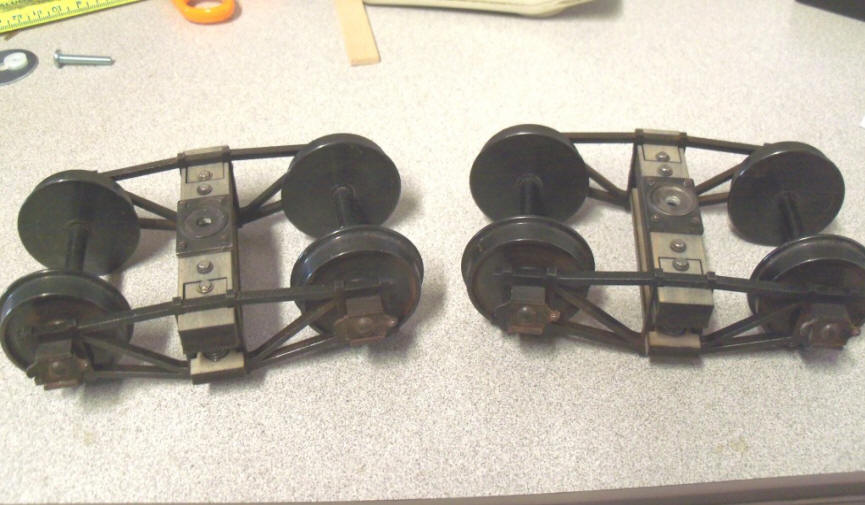
A little weathering and these are ready to bolt to a car.
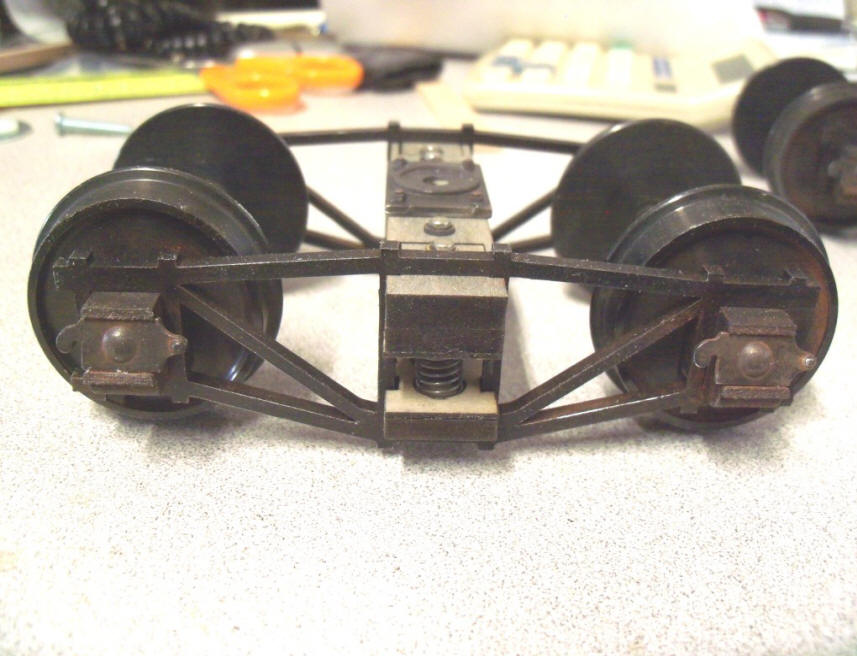
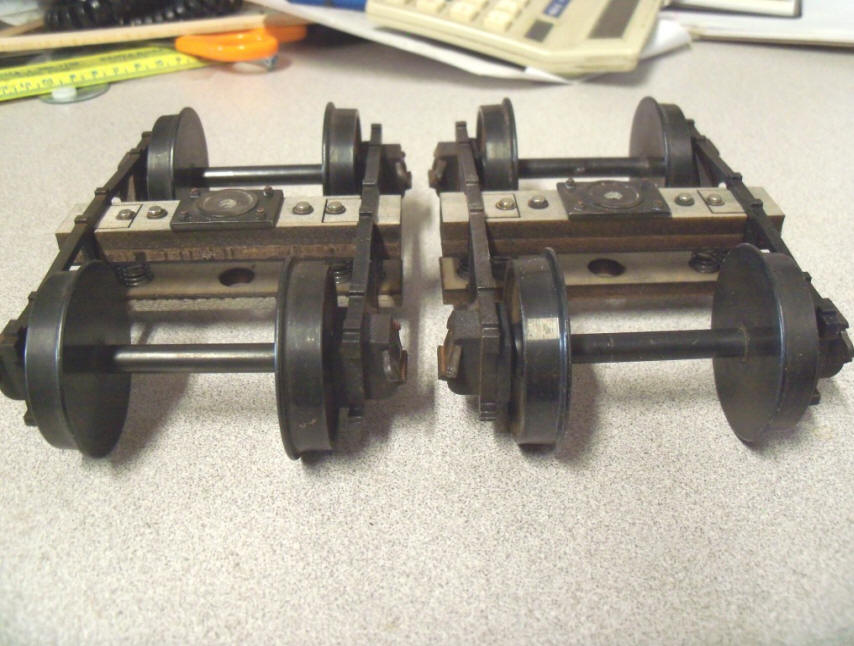
With the trucks finished, it's on to the first kit. That being a flatcar / pulp wood car. I took a lot of notes while in Maine for the scale drawings I found on-line or in magazines and from pictures I took. Those of you that have built my 1:20.3 kits know my methodology is far different from other manufacturers. It has served me well producing well over 4000 kits and I see no reason to change my techniques with these kits.
Each kit has it's pages found on buttons at the top of this page.